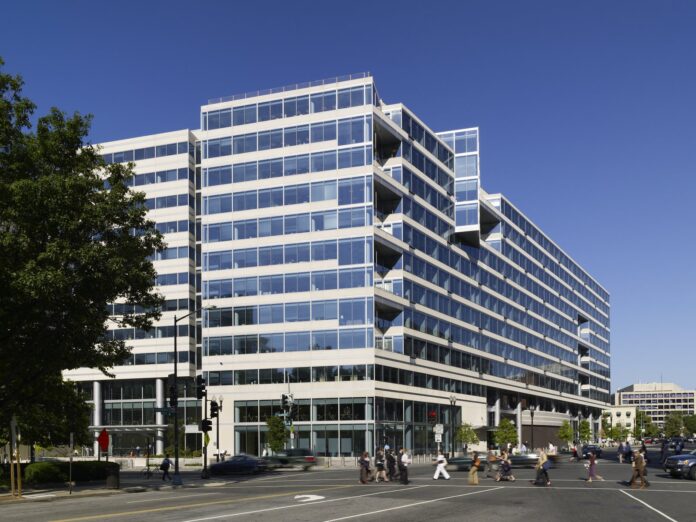On the 2nd of February this year, one of the more interesting features of the International Monetary Fund’s staff report was when it pointed out two publicly listed banks in Pakistan that had been non-compliant with some of the State Bank of Pakistan’s requirements for a few years.
This latest staff report has emphasized that these two needed to at least go through the first stage of recapitalization before the end of May, 2022 as they continue to be ‘undercapitalized.’ The IMF urged the State Bank of Pakistan to take charge and expedite this recapitalization process to enhance the financial sector’s resilience and sustain its credibility.Alongside this, the report underpinned the importance of strict monitoring and accurate measuring of Non-Performing Loans (NPLs) & potential losses to safeguard financial sector stability.
The IMF has time and again pressed that the issue for the two banks under question is that they are undercapitalized based on their Minimum Capital Requirement (MCR) and Capital Adequacy Ratio (CAR). Because of this, they need to undergo an immediate first stage of recapitalization. The two banks in Pakistan that urgently need recapitalization are Summit and SilkBank. The story of both is vastly different. While Silk Bank has made strides in meeting the requirements, Summit Bank has lagged behind despite having the more serious problem.
But what is recapitalization and MCR and CAR requirements? And more importantly, what do they mean for the banks and what is their side of the story?
What is recapitalization and why do banks need it?
Recapitalization is defined as restructuring a company’s capital by altering its debt & equity mix with the addition of either of the two in its capital. The content in this publication is expensive to produce. But unlike other journalistic outfits, business publications have to cover the very organizations that directly give them advertisements. Hence, this large source of revenue, which is the lifeblood of other media houses, is severely compromised on account of Profit’s no-compromise policy when it comes to our reporting. No wonder, Profit has lost multiple ad deals, worth tens of millions of rupees, due to stories that held big businesses to account. Hence, for our work to continue unfettered, it must be supported by discerning readers who know the value of quality business journalism, not just for the economy but for the society as a whole.To read the full article, subscribe and support independent business journalism in Pakistan










Great article it is really informative and innovative keep us posted with new updates. It was really valuable. thanks a lot.
“Thank you for the auspicious write-up. It in fact was a amusement account it.
Look advanced to more added agreeable from you! However, how could we communicate?”
온라인 카지노
j9korea.com